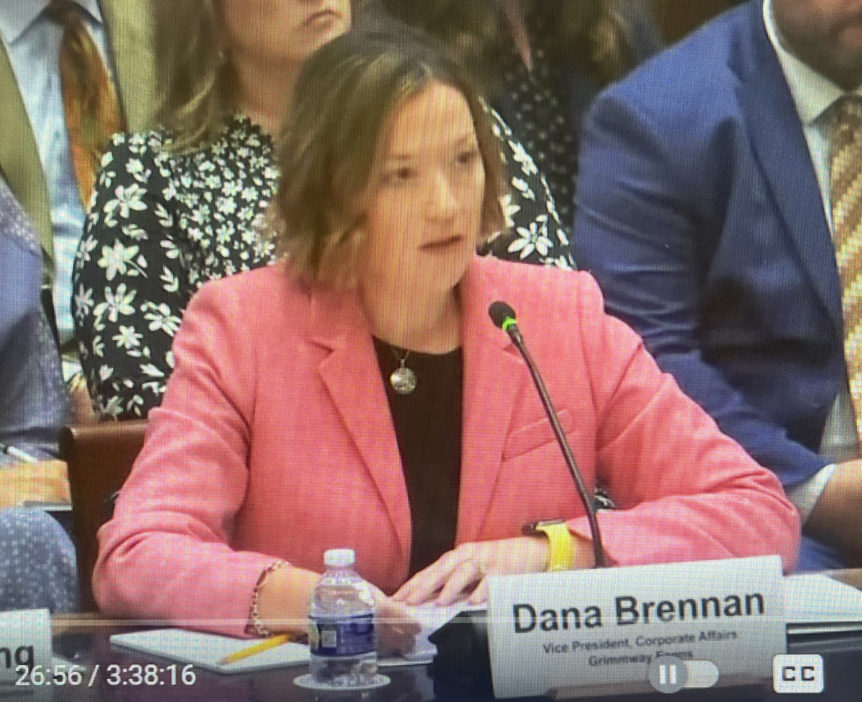By Clint Thompson
Labor needs remain the top concern for specialty crop growers. That means investments in automation and mechanization are vital to a producer’s long-term success. But that’s easier said than done, explains Dana Brennan, vice president, corporate affairs with Grimmway Farms.

Brennan was part of a panel that testified recently during a special hearing on the State of the Specialty Crop Industry, held by the House Committee on Agriculture. She insists that congressional help is necessary to help fund research needed for the industry.
“Specialty crops account for about one-third of the cash receipts in U.S. crops but receives only a fraction of dollars related to research and development. Anything Congress can do for strategic investment in that area will really act as a signal to the tech world,” Brennan said. “As it stands right now, they’re not necessarily going to invest in something where the market is so targeted and so small. If the federal government is willing to invest in that area, I believe we’ll see additional development.”
Labor Stats
The Southeast continues to utilize a substantial amount of H-2A workers, as evidenced by 2024 statistics. Florida, the largest employer of H-2A labor, accounted for 47,396 positions or 12.3% of all certified positions. Georgia increased its certified positions to 43,436, making it the second-largest employer of H-2A labor. The Southeast, which comprises Alabama, Georgia and South Carolina, recorded 52,686 certified positions in 2024.
The large workforce is due wages under the Adverse Effect Wage Rate (AEWR). The rate increases have spiraled out of control in recent years, especially for southeastern states.
The less that growers have to rely on the H-2A system, the less financial strain that would be placed on producers who have to pay a high labor rate. That’s why farmers need mechanical harvesters and automation to decrease the need for workers.
“We believe as a coalition that strategic federal investment will lead to additional private sector investment as well. We see that as a net positive for the industry,” Brennan said.










